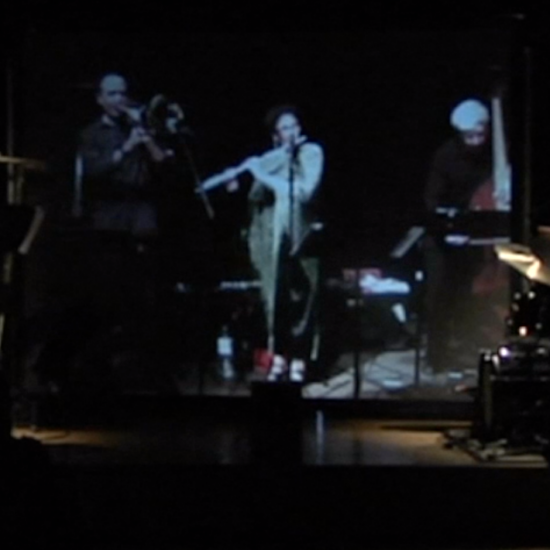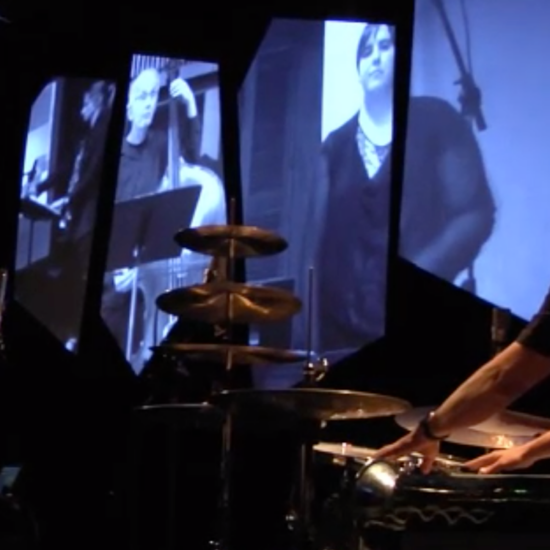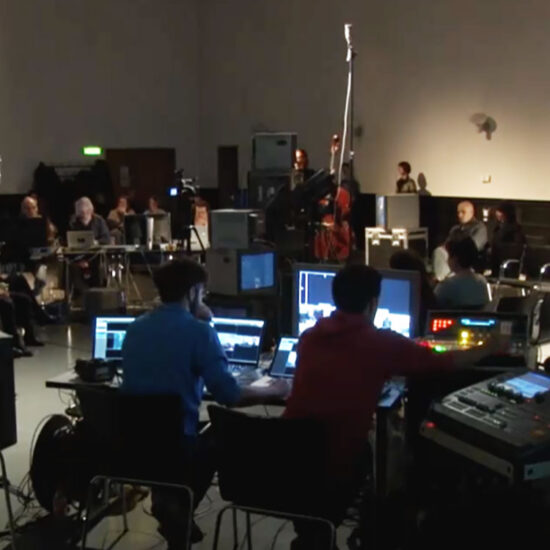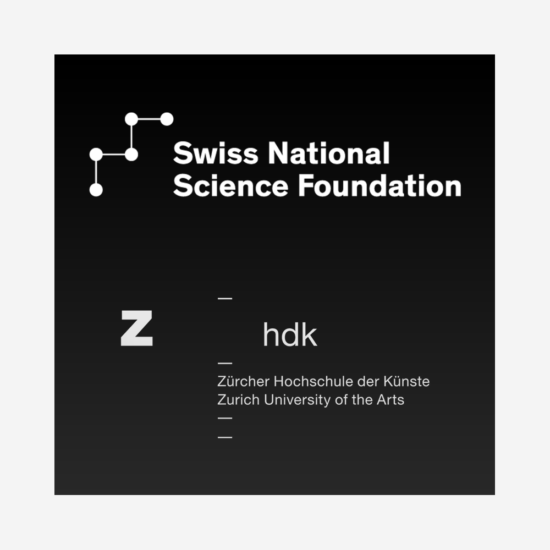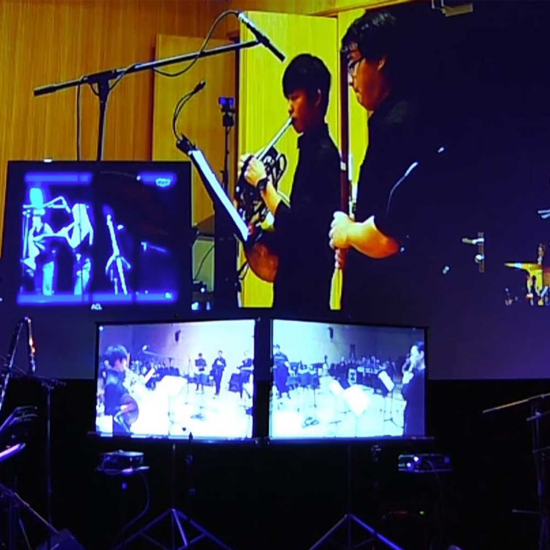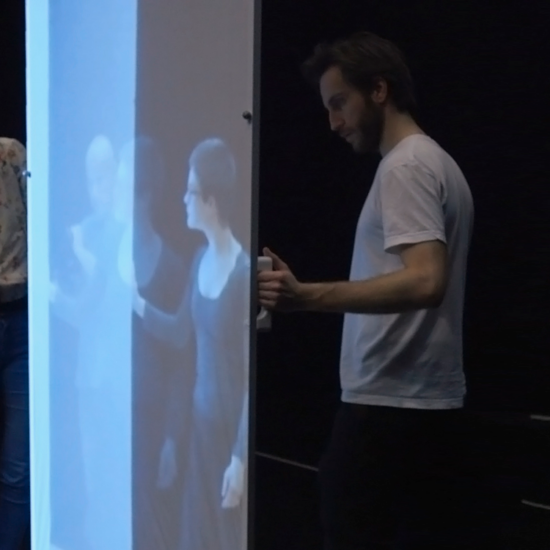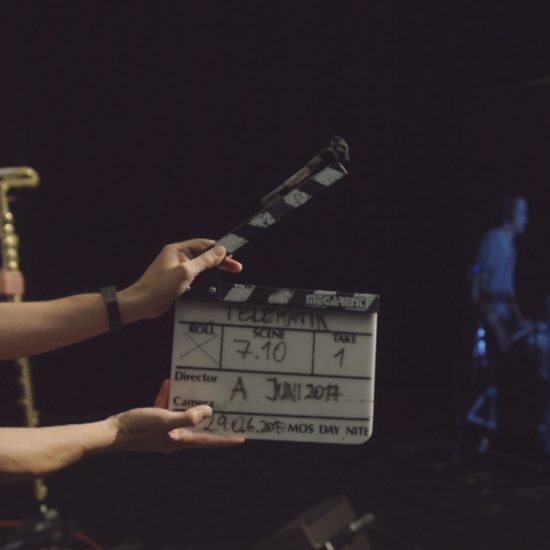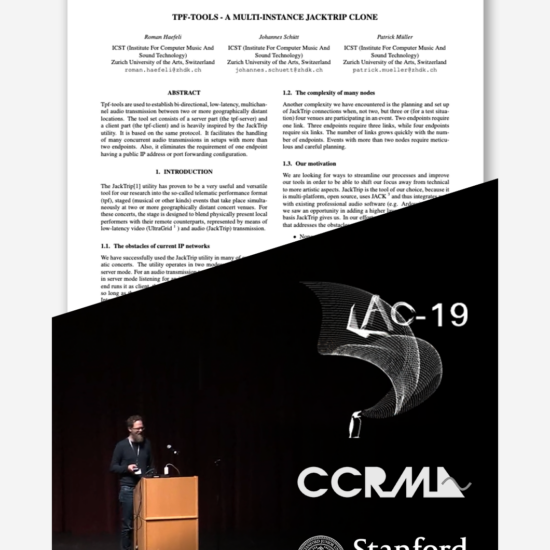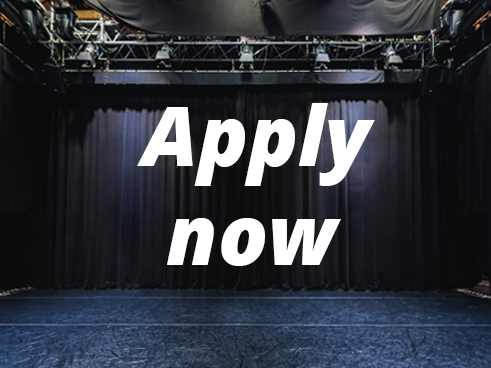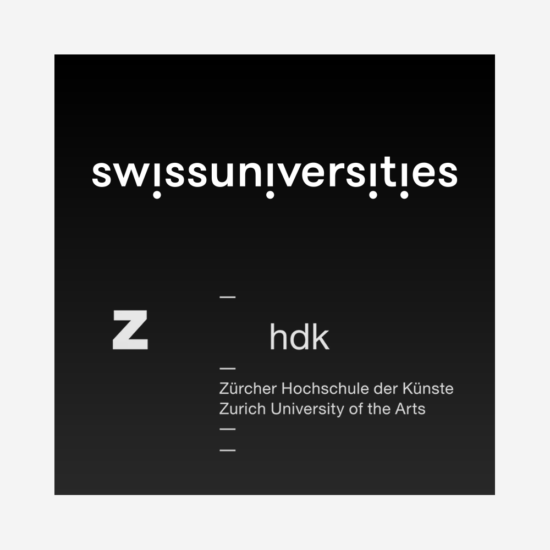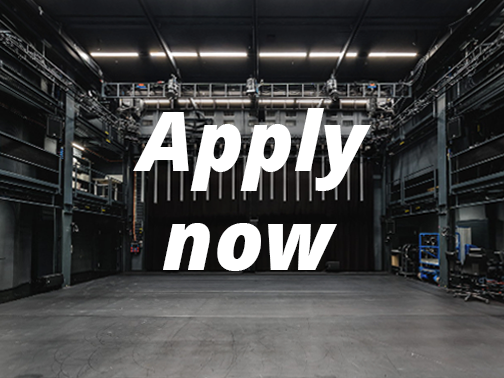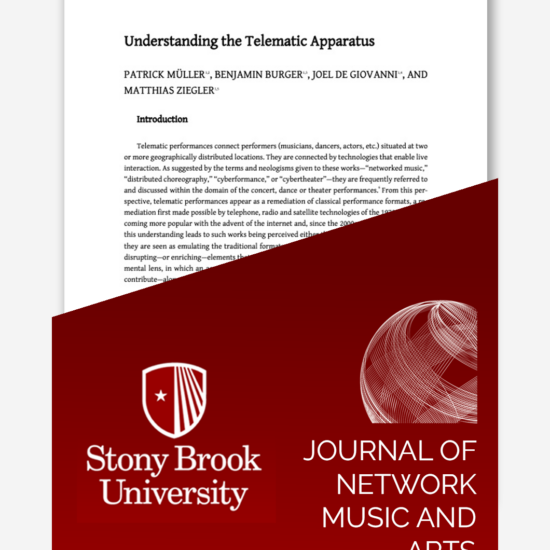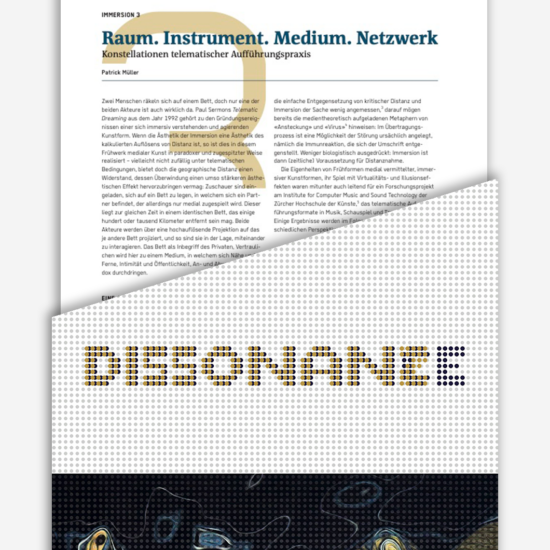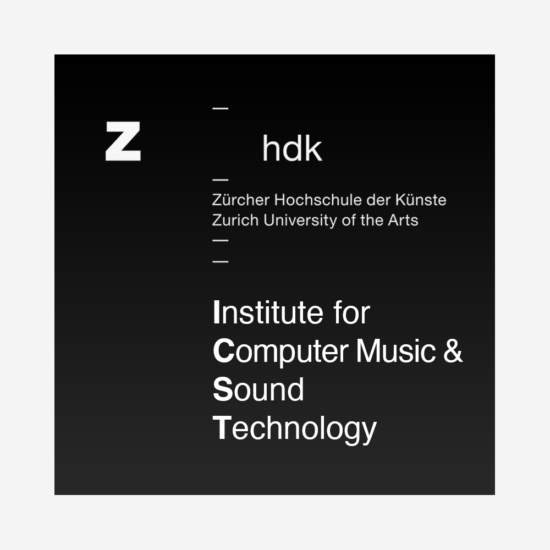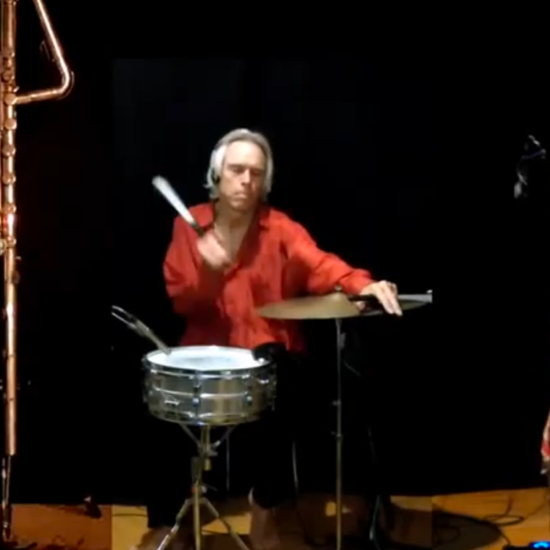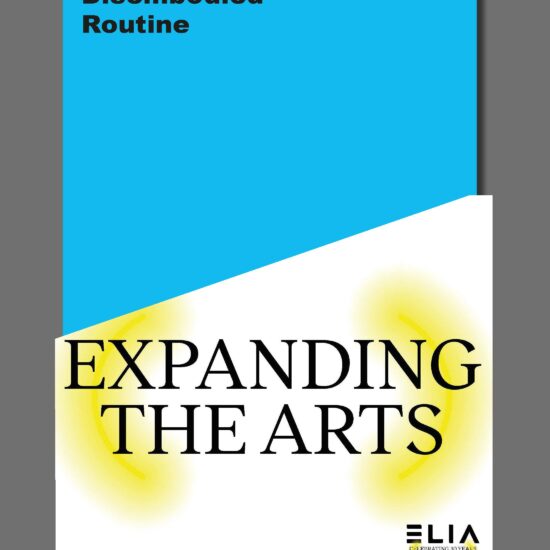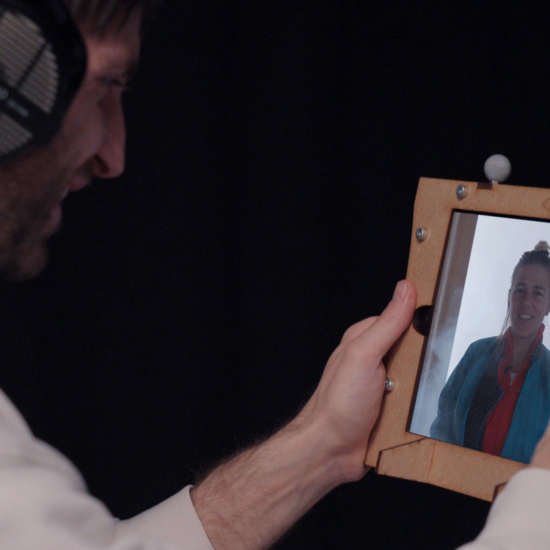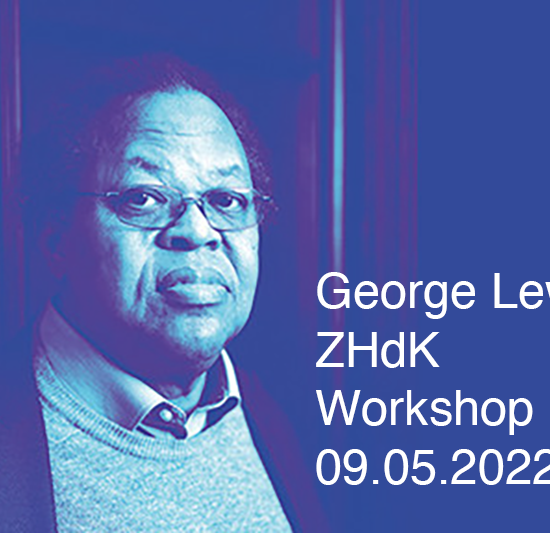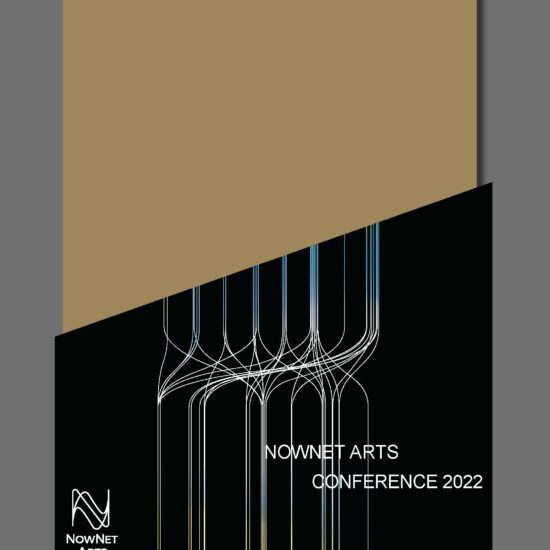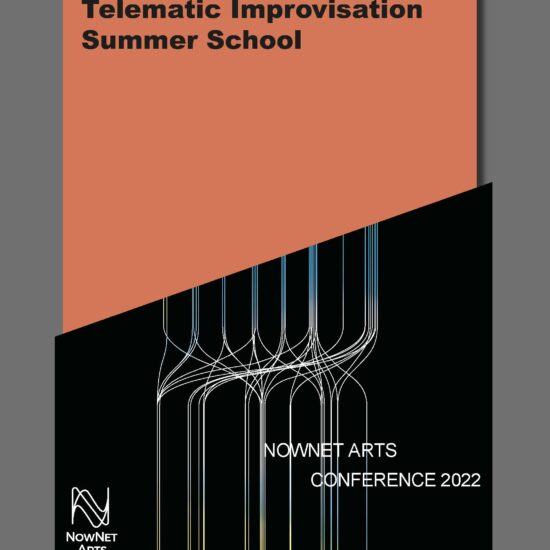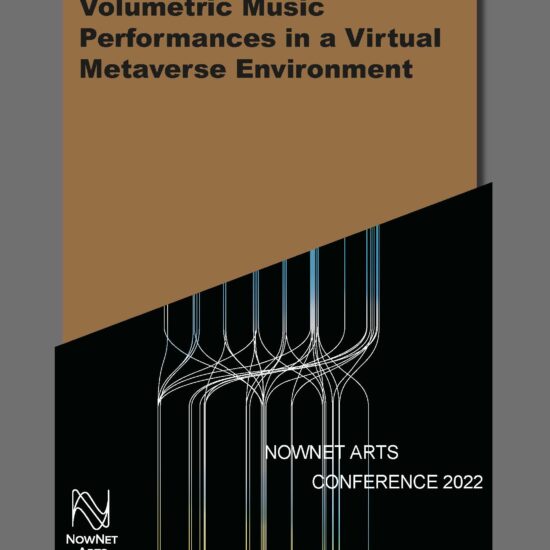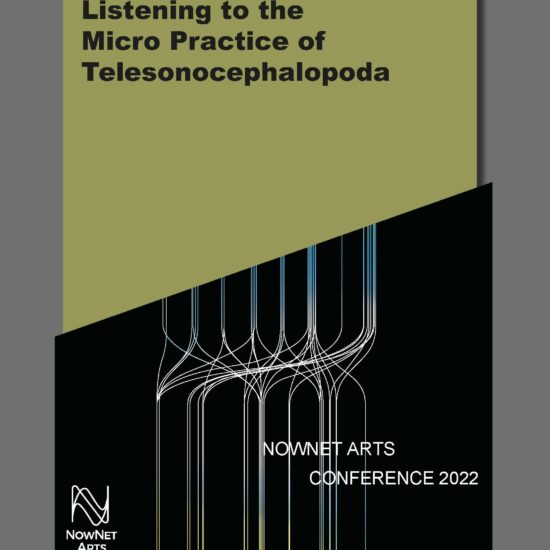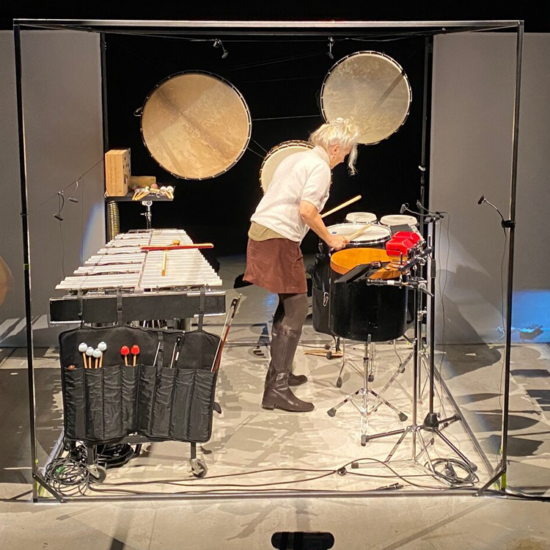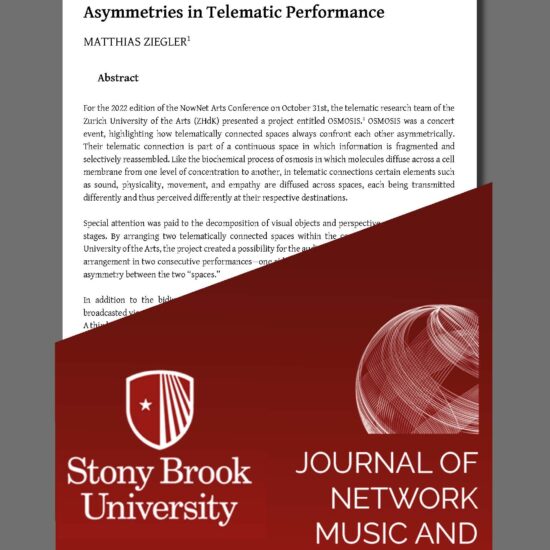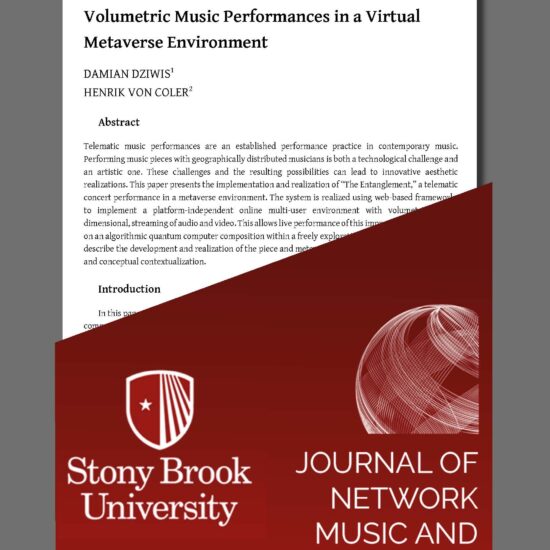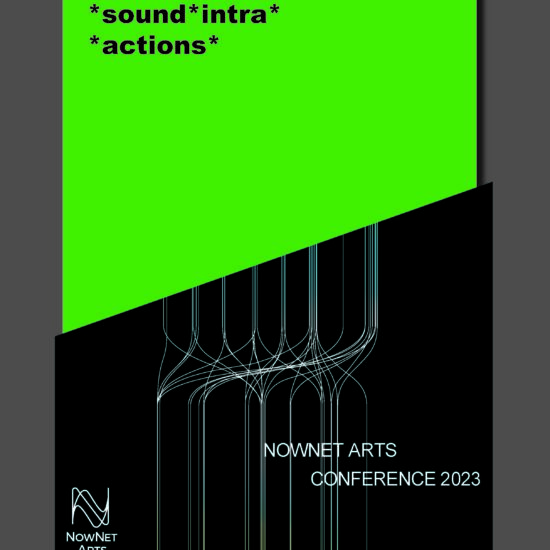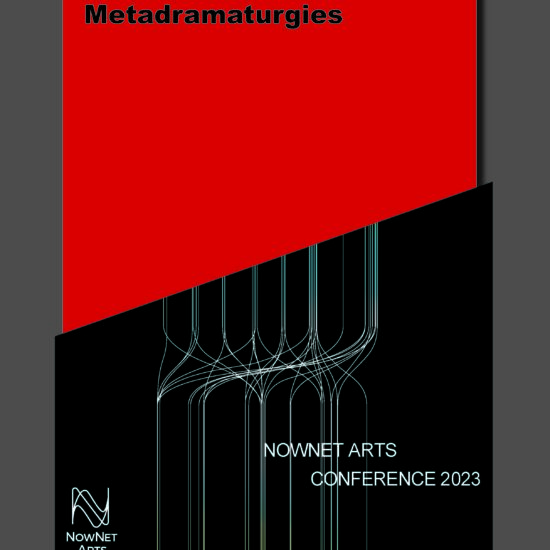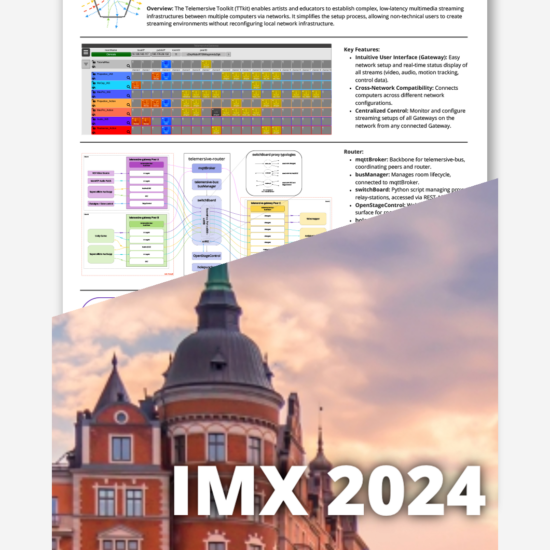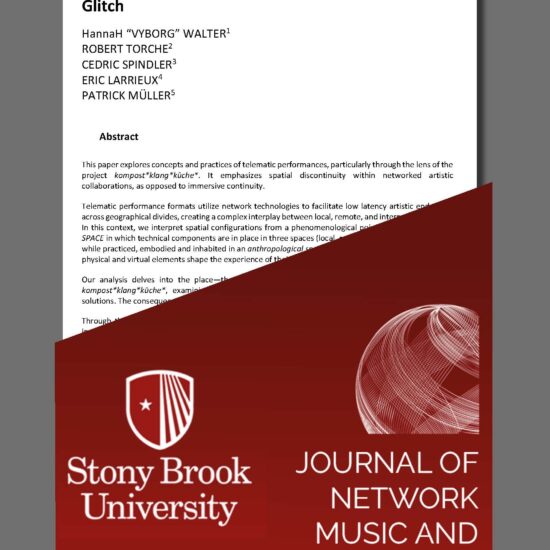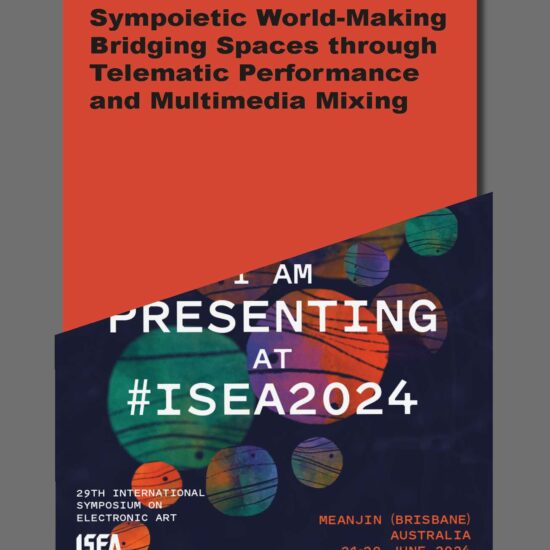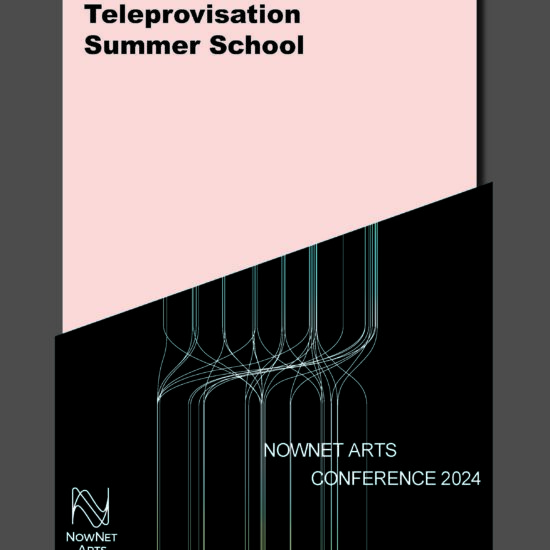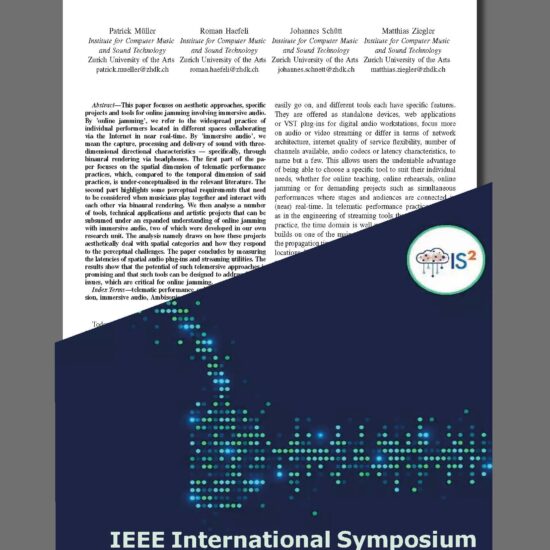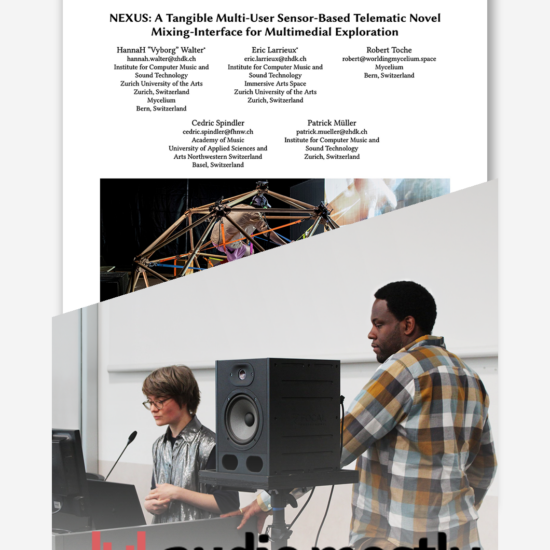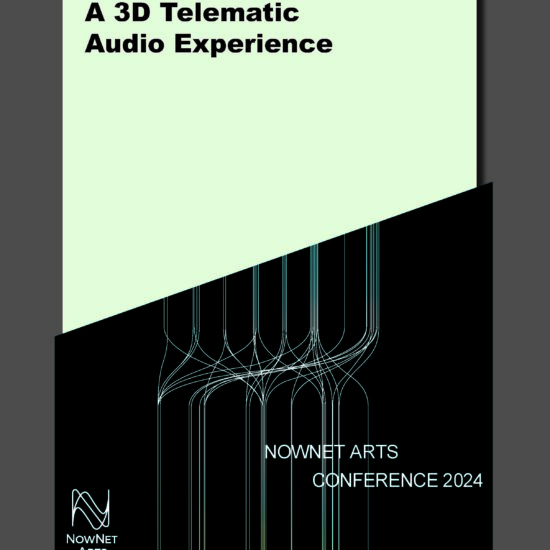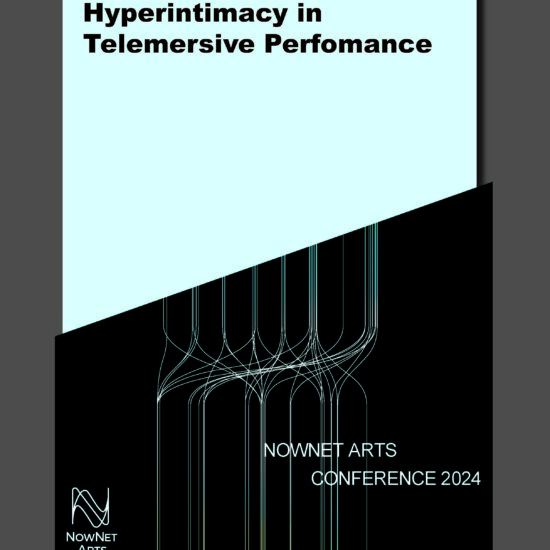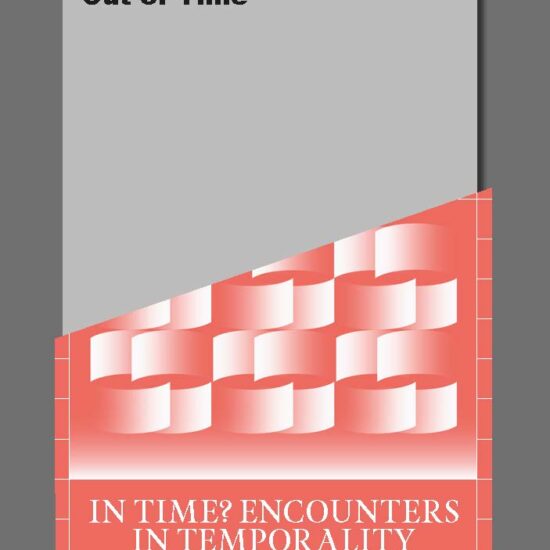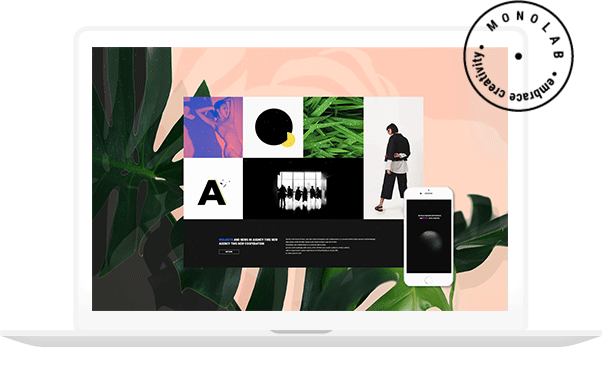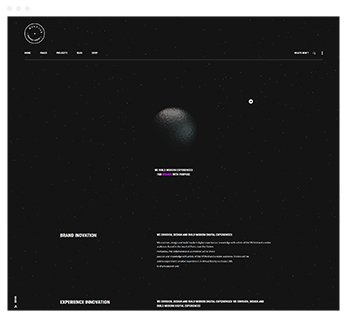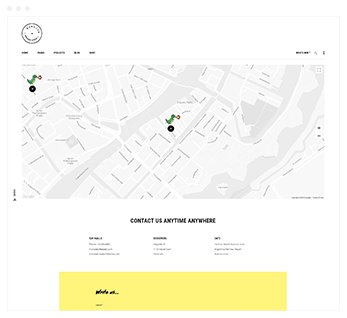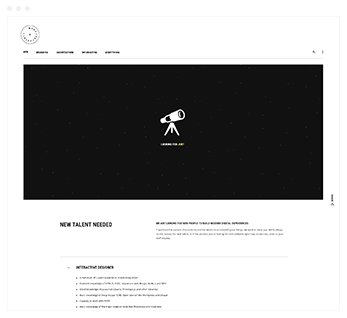Telematic performances connect two or more locations by telecommunication technologies so that distant participants are able to interact in real time. This interaction modality interlinks heterogeneous spaces in a live performative situation. A wide variety of artistic practices have emerged in the fields of music, theatre, dance and performance art that use high-quality, low-latency and bi- or multi-directional transmissions between distant locations. These have evolved with the advent and ubiquity of the internet. The format intrinsically engenders a high level of mediation, as distant sounds, visuals and bodies have to be represented on a local stage in order to make performer interactions possible and audience experience legible. At the same time, the format can serve as a complement to distant communication technologies commonly based on speech and image, allowing for a more experiential communication. Also, it is a contribution to more sustainable ways of exchange, reducing mobility costs.
Unraveling distributed space through 3D-audio, embodiment and Spatial Augmented Reality
SNSF-funded project at the Institute for Computer Music and Sound Technology (2020-2024)
Despite today’s highly divergent aesthetic and multifarious technical approaches, some conventions in the interplay of the different spaces in telematic performances have emerged. These counteract the intrinsic logic and potential of the format. The research project “Spatial Dis/Continuity in Telematic Performances” at the Institute for Computer Music and Sound Technology aims to explore such logics and potentials and focuses on the mediation of spatial characteristics and their interplay at interconnected locations. It approaches the telematic performance format from an angle which has been widely neglected compared to the predominance of issues in previous research like: the latency inherent to the telematic communication system, or the performer’s interactive behavior under network conditions. Above-quoted conventions, like the representation of performer’s bodies on flat, static projection surfaces, or the integration of remote sound sources in a locally fused sound mix tend to obscure the distinct and unique feature of the format, which is the coupling of distant physical spaces with their inevitably heterogeneous characteristics. This project therefore researches the acoustic, visual and performative constituents of telematic space and proposes to scrutinize its spatial dimensionalities.
Project lead
Patrick Müller
Team
Benjamin Burger
Joel De Giovanni
Martin Fröhlich
Roman Haefeli
Patrick Müller
Johanes Schütt
Hannah Walter
Matthias Ziegler
Funded by
Swiss National Science Foundation (01.10.2020–30.09.2024)

